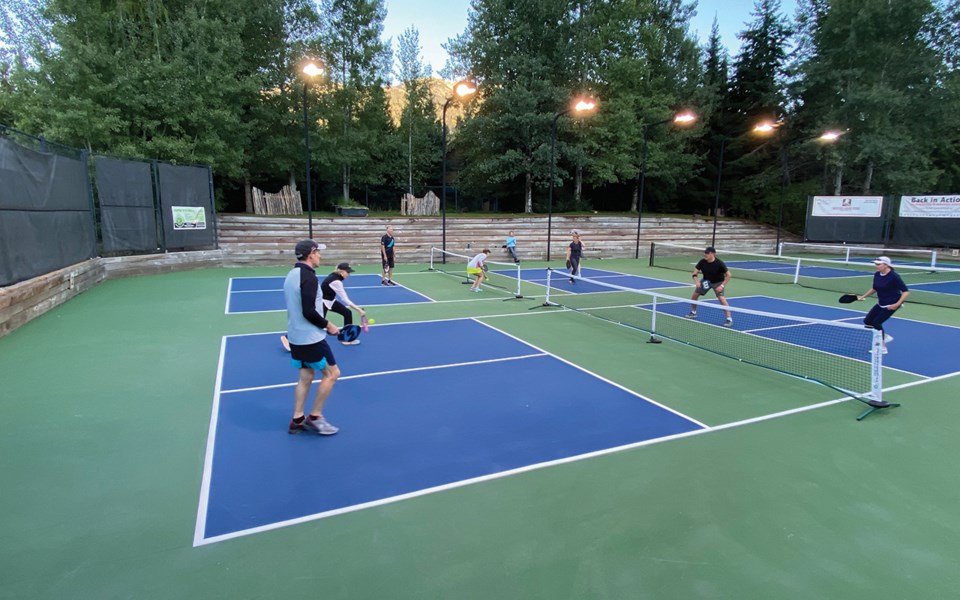With discussions about proposed concepts for Whistler's Northlands development ongoing, the Whistler Tennis Association (WTA) continues to advocate for a future for the Whistler Racket Club.
The Northlands development is a mixed-use commercial and housing development proposed for the last large undeveloped piece of land in the village centre of Whistler.
Proponent Beedie Living brought two development concepts to Whistler's mayor and council on June 7. The concepts laid out a potential future for the 5.8-hectare site that could see up to 832-bed units built, representing 21 per cent of the total bed units in the village.
What was not included in any of the development concepts is the existing Whistler Racket Club (WRC) facility on the property, which has become a popular spot for Whistler locals in recent years.
After the concepts were brought forward, the WTA launched a petition to "save the WRC." The petition has garnered more than 2,330 online signatures in the three weeks since it launched.
At Whistler's June 21 council meeting, WTA Director Robert LeBlanc made the case for the future of the Whistler Racket Club from the perspective of the tennis association.
LeBlanc listed several reasons why Whistler should continue having a tennis facility, including economic, environmental and historic obligations the municipality has made to the WTA, and noted that the development should not continue unless a replacement facility is built.
“The Northlands development should not eliminate the Whistler Racket Club unless a suitable replacement location can be found and the developer commits to building a replacement recreational facility," LeBlanc said.
"The WTA certainly recognizes that there are other competing needs from the community out there, competing community interests, but our position is that we must protect a very popular and very valuable recreation asset that has a history of 30 years in the community."
According to LeBlanc, tennis grew in popularity by more than 200 per cent between 2010 and 2018, and 400 per cent among youth—numbers that have only increased during the pandemic. LeBlanc said he expects demand for the WRC's recreational facilities to grow in the coming decades.
“The demand for recreation facilities is only increasing as mentioned in the recent Balance Model report, which states that the municipality is expected to continue growing rapidly in both residents and daily tourists over the next decade, and surveys show both from the RMOW and our association that the community is heavily invested in tennis and heavily interested in seeing the WRC manifest itself in a recreational facility,” said LeBlanc.
The position of the WTA is to see the municipality build a new multi-use racket club facility that includes pickleball, which has become increasingly popular. Ideally the new multi-use facility would have 10 courts, with six of them being indoors, up from the current three indoor courts.
“Because there are so many balls in the air, we are asking the council to consider requiring an obligation on the developer to maintain the existing facility until the replacement facility is fully up and running without any loss of continuity for the sport in the community,” LeBlanc said.
“We can't upset the very hard work that's been put in, the investment that's been put into the sport over the years."
Follow the project at whistler.ca/northlands.



